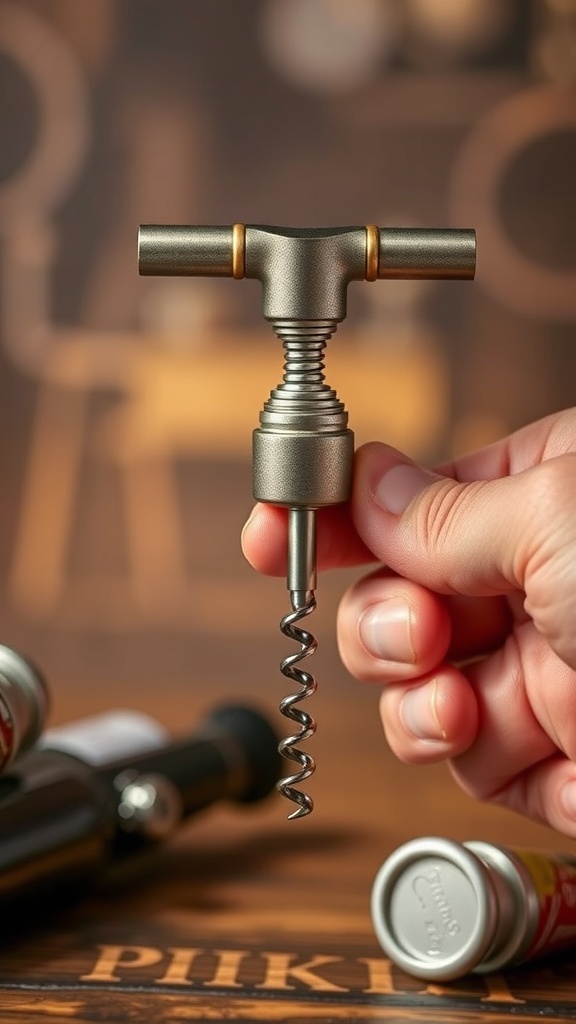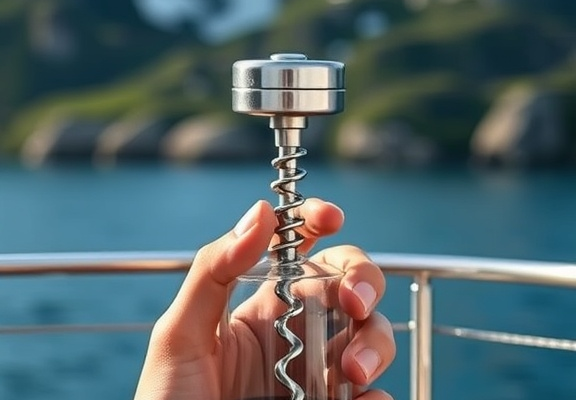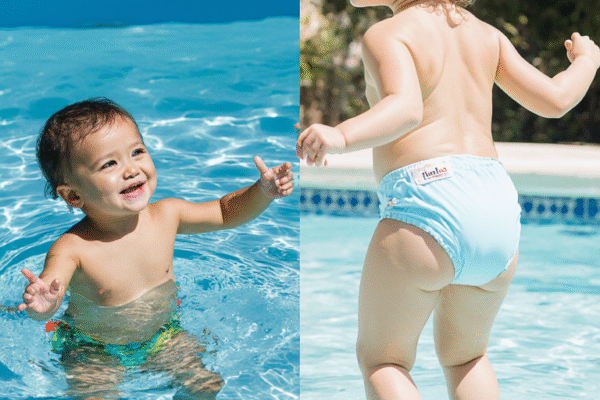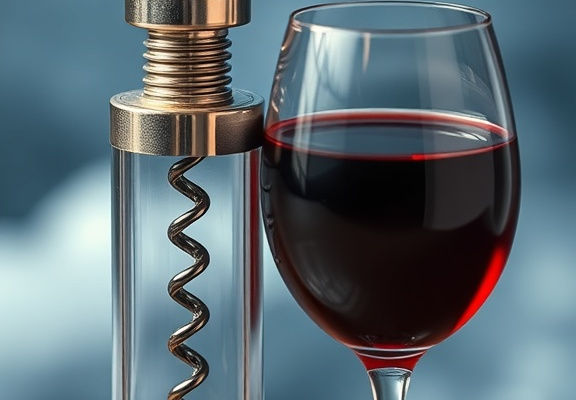✨ You’ve Discovered the Travel Gear Gold Mine
Find top-rated products to make your trip smoother—grab them before they’re gone!
🛒 Shop NowThe Corkscrew Guide 2025: Evaluating the Pros and Cons of Traditional Bottle Openers versus Twist Caps
As we step into 2025, the ongoing debate between traditional corkscrews and twist caps continues to captivate wine lovers and casual drinkers alike. This guide aims to provide an in-depth look at the benefits and drawbacks of each option, helping you determine what best suits your needs and preferences.
Thank you for reading this post, don't forget to subscribe!Traditional corkscrews have long been a staple in wine culture. Their elegance and old-world charm enhance the experience of opening a bottle. However, as with anything, they come with their own set of pros and cons.
Advantages of Traditional Corkscrews
- Rich Tradition: Using a corkscrew connects you to the centuries-old tradition of winemaking. It enhances the ritual of opening a bottle.
- Better Seal: Corks provide a more airtight seal, which can be crucial for the aging process of certain wines.
- Flavor Preservation: Wines sealed with cork often maintain their flavor better over time compared to twist-off caps.
- Bottle Aesthetics: The popping sound of a cork being released can create a moment of excitement during gatherings or celebrations.
That said, traditional corkscrews come with challenges that may not be ideal for every scenario.
Drawbacks of Traditional Corkscrews
- Requires Skill: Using a corkscrew can be tricky, and it may take some practice to open a bottle without breaking the cork.
- Risk of Cork Taint: Some corks may contain TCA (trichloroanisole), which can spoil your wine, creating an unpleasant taste.
- Portability Issues: Carrying a corkscrew may not be practical for picnics or outdoor events where convenience is key.
Now let’s shift gears and look at twist caps, which have gained popularity over recent years, especially among younger consumers.
Advantages of Twist Caps
- Convenience: Opening a bottle with a twist cap is fast and straightforward, making it ideal for casual occasions.
- No Cork Taint: Twist caps eliminate the risk of cork taint, ensuring the quality of your wine remains intact.
- Portability: Since they don’t require additional tools, twist caps are perfect for on-the-go situations.
- Consistent Sealing: The sealing technology used with twist caps can keep wines fresh longer, particularly for younger bottles.
However, twist caps are not free from criticism and have their own set of downsides.
Drawbacks of Twist Caps
- Perception Issues: Some consumers still associate twist caps with lower-quality wines, despite improvements in production.
- Less Aging Potential: While twist caps work well for many wines, they may not allow for the same aging capabilities as corked bottles.
- Losing the Ritual: Opening a bottle with a twist cap removes the traditional elegance and celebration of uncorking a wine.
As you evaluate your options in 2025, consider the occasion. Are you hosting a sophisticated dinner party, or is it a fun picnic with friends? Your choice might change depending on the environment. Corkscrews may be ideal for a formal setting, while twist caps could be the better choice for casual gatherings.
When it comes to cost, twist caps often come on newer and affordable wines, while high-end selections may still boast cork closures. Think about what’s more essential to you: brand image or the actual taste and experience.
Being informed about the pros and cons of traditional corkscrews versus twist caps allows you to make educated decisions as you enjoy your wine. Understanding the nuances of each option can enhance your wine experience in 2025 and beyond.
Ultimately, whether you bring along a corkscrew or opt for twist caps, the most important aspect remains the same: enjoying the wine and the company you share it with. Cheers!
The Evolution of Wine Packaging: How Twist Caps are Changing Consumer Preferences
In today’s fast-paced world, the way we think about wine packaging is changing rapidly. Traditional cork closures have been the norm for centuries, but the emergence of twist caps has created a shift in consumer preferences. These modern closures not only offer convenience but also protect the wine’s quality. As more consumers embrace twist caps, we need to explore how they influence the wine market and how they are reshaping our drinking experience.
One of the main reasons for the rise in popularity of twist caps is their convenience. Imagine heading to a picnic or a dinner party without the hassle of a corkscrew. With twist caps, you can simply twist and pour, making your experience enjoyable and stress-free. This ease of use appeals to everyone, from seasoned wine enthusiasts to casual drinkers. In fact, as we progress toward 2025, it’s likely that the convenience factor will play a more significant role in consumer choices.
Moreover, twist caps are often associated with freshness and preservation. Many wine drinkers are concerned about oxidation or spoilage caused by improper cork sealing. With twist caps, the seal is reliable and airtight, which helps maintain the wine’s flavor and aroma for longer. This could result in a more consistent product for consumers, as they can expect the same quality every time they open a bottle. As taste and quality are crucial elements in wine selection, twist caps are steadily gaining trust among wine drinkers.
Another factor influencing consumer preferences is the perception of quality. While some still believe that cork signifies a premium product, many wine producers are changing this narrative. The wine industry has evolved, and today’s twist caps can be found on wines from reputable vineyards. Many winemakers are showcasing their premium products with twist caps to challenge outdated notions. This shift may ease concerns among consumers who are willing to try twist-cap wines, ultimately redefining the standards of quality in the market.
Alongside convenience and quality, sustainability plays a crucial role in changing consumer preferences. Cork production involves significant deforestation, while twist caps, often made from aluminum, tend to have a smaller environmental impact. In recent years, more environmentally conscious consumers have begun seeking wines with sustainable packaging. Choosing twist caps can be seen as a positive step in promoting eco-friendly practices. If you are someone who values sustainability, opting for twist cap wines may align well with your values.
As we look at trends shaping the wine industry, it is crucial to note that twist caps are not limited to a specific type of wine. They can be found in a wide range of categories, including red, white, rosé, and even sparkling wines. This versatility allows you to find your favorite blends without worrying about the packaging. Whether you’re sipping a refreshing white wine on a hot day or pouring a rich red during a cozy evening in, twist caps create opportunities for exploration.
Wine enthusiasts often wonder how twist caps affect the aging potential of wine. While traditional cork closures allow some oxygen to interact with the wine, twist caps create a tighter seal, limiting oxygen exposure. This difference means that some wines sealed with twist caps might not age as well as those with corks. However, many winemakers have designed their twist-cap wines for immediate enjoyment rather than long-term aging. The key is to choose wines that match your drinking preferences — whether you enjoy sipping right away or have a collection you want to age.
In terms of market trends, expect to see more innovative packaging solutions as consumer preferences evolve. Producers are increasingly exploring unique designs and marketing strategies that highlight twist caps’ benefits. For instance, you might come across chic, eye-catching bottle designs that make twist cap wines appear more upscale and appealing. These trends will engage younger consumers who value aesthetic presentation alongside functionality.
Ultimately, as we step into 2025, the wine landscape will likely continue to change. Twist caps are leading the charge by offering convenience, quality, and sustainability while reshaping consumer preferences. As a wine drinker, trying out twist-cap wines could be an opportunity to explore new selections without the traditional barriers. As the wine world becomes more dynamic, consider giving twist caps a chance and enjoy the benefits of convenience and consistent quality.
Conclusion
As we navigate the wine world in 2025, the choice between adhering to traditional corkscrews or embracing convenient twist caps becomes clearer. Traditional bottle openers, with their classic appeal and artisanal flair, continue to resonate with purists who appreciate the ritual of uncorking a bottle. For many, using a corkscrew symbolizes an experience that goes beyond the drink itself, evoking memories of gatherings, celebrations, and the art of wine tasting.
Conversely, the rise of twist caps marks a significant shift in consumer habits. Designed for practicality, twist caps are redefining how we think about wine storage and accessibility. They cater to a modern audience that values ease and convenience, making them ideal for casual settings and on-the-go enjoyment. As manufacturers focus on quality, many twist-cap wines now offer comparable flavor profiles to their corked counterparts, seamlessly appealing to a diverse range of consumers.
Ultimately, the decision between a corkscrew and twist caps rests on personal preference and lifestyle. If you find joy in traditional wine experiences, a reliable corkscrew remains a must-have tool in your collection. However, if you prioritize convenience without sacrificing quality, opting for twist caps may be the way forward as you explore new wines. Embrace the evolution of wine packaging, and remember: whether you choose a timeless corkscrew or a modern twist cap, the heart of the experience lies in the enjoyment of the wine itself.
✨ You’ve Discovered the Travel Gear Gold Mine
Find top-rated products to make your trip smoother—grab them before they’re gone!
🛒 Shop Now





